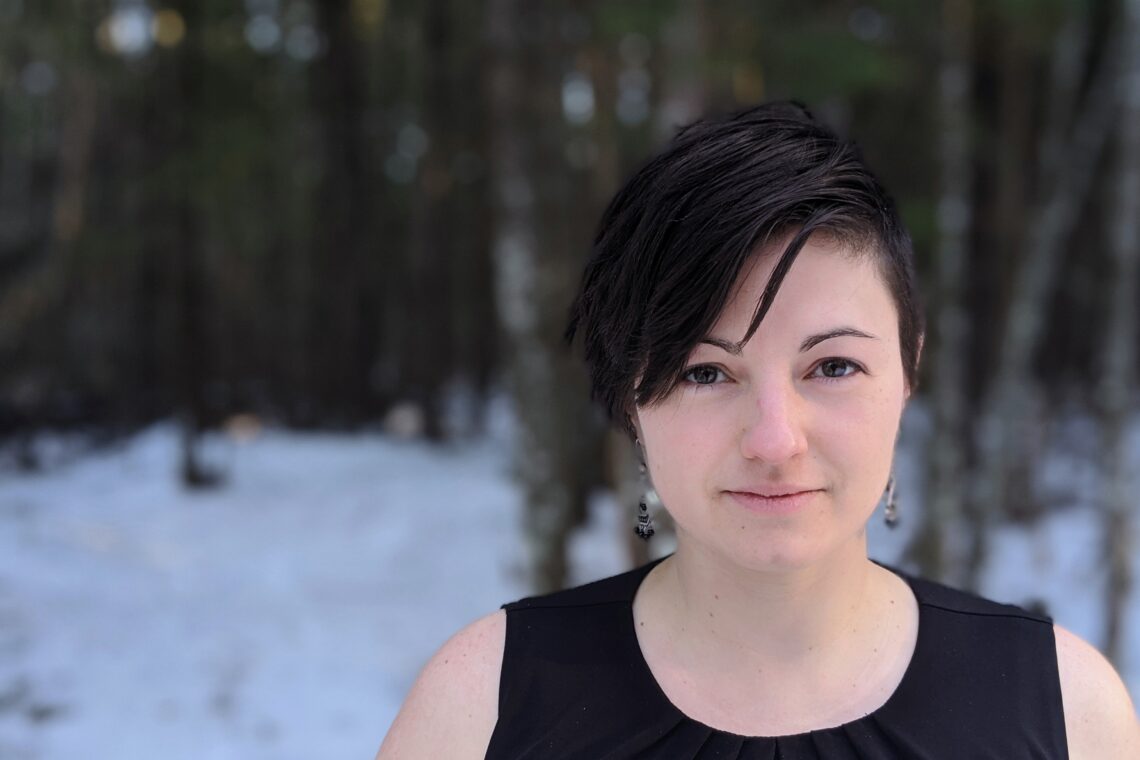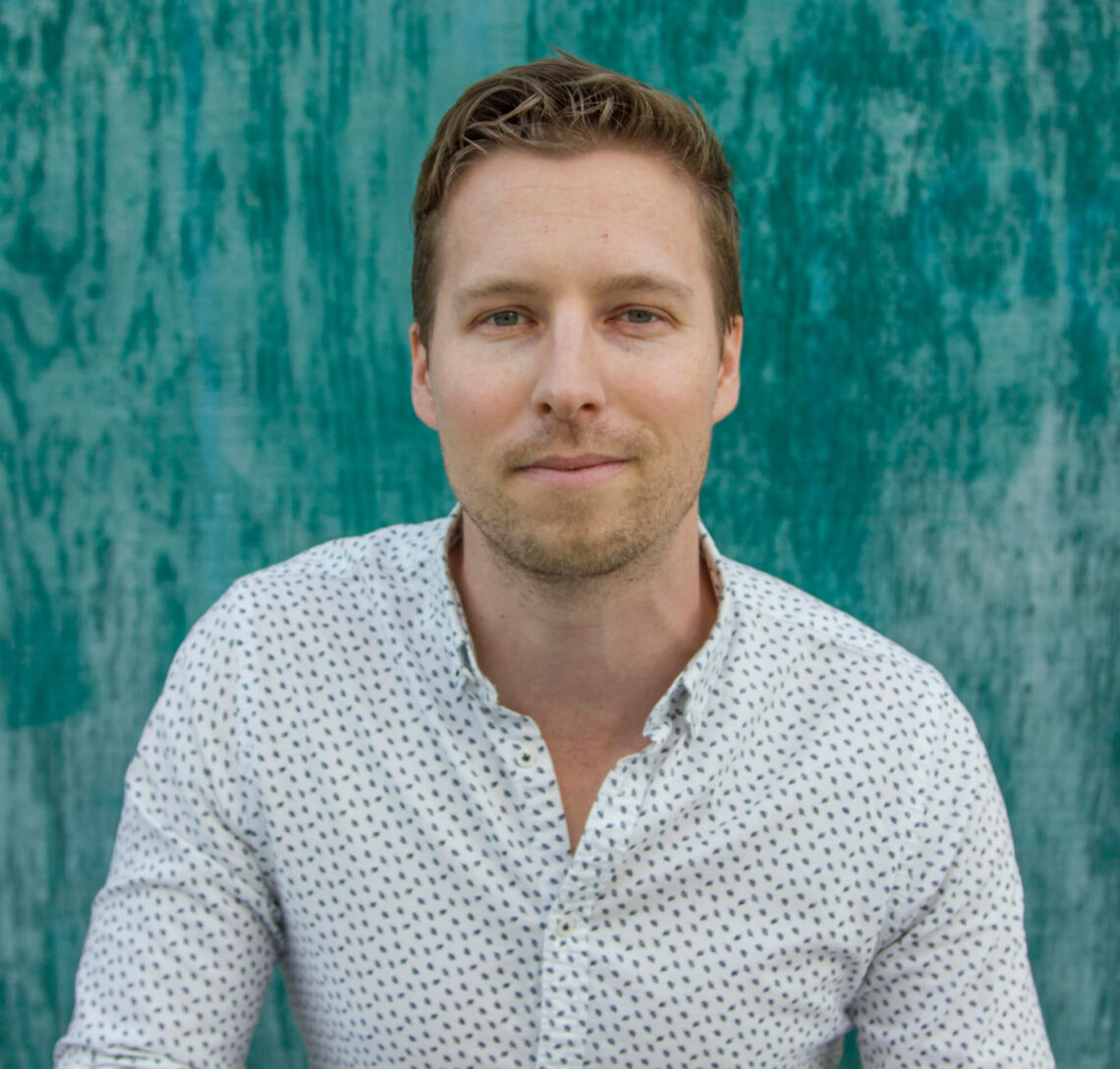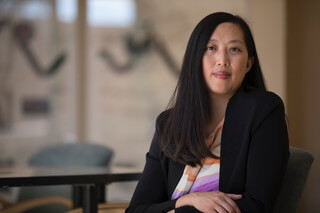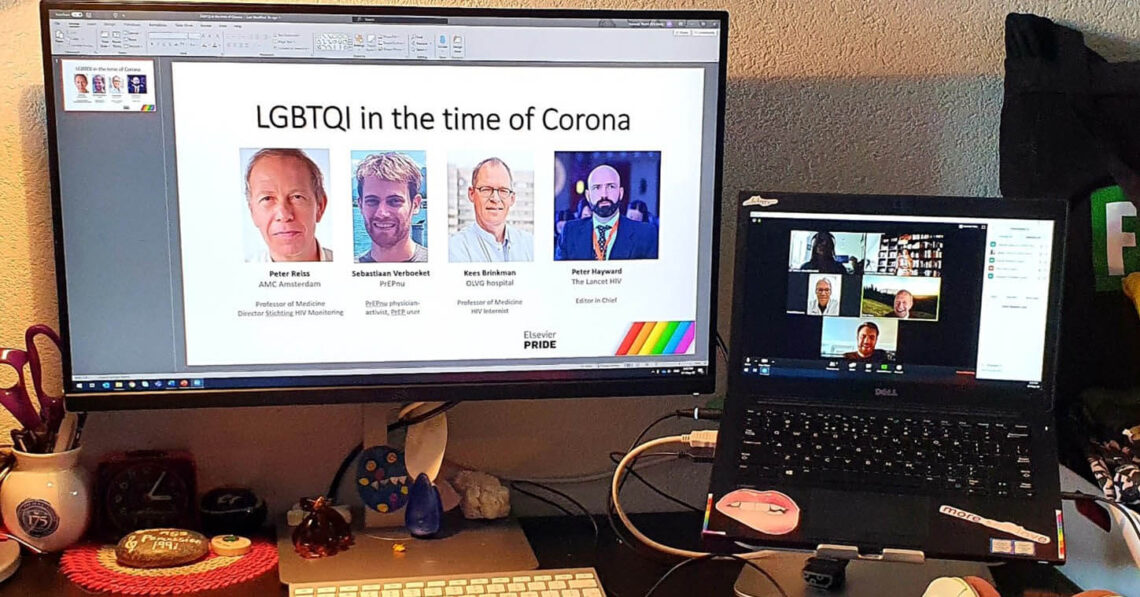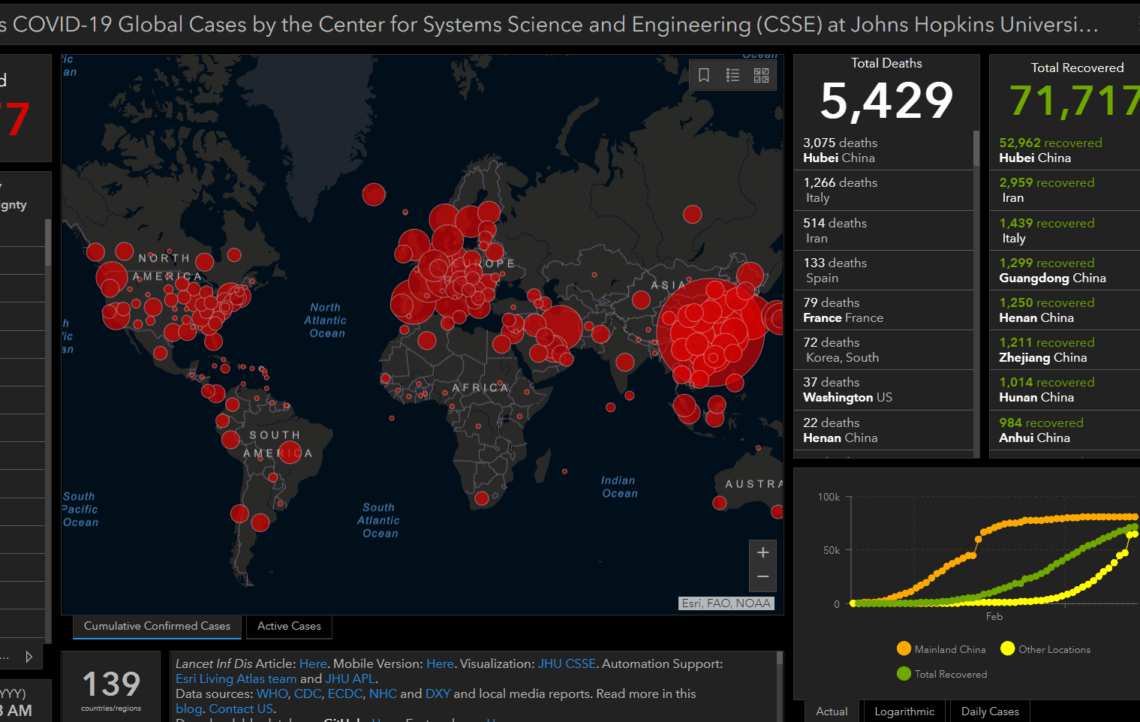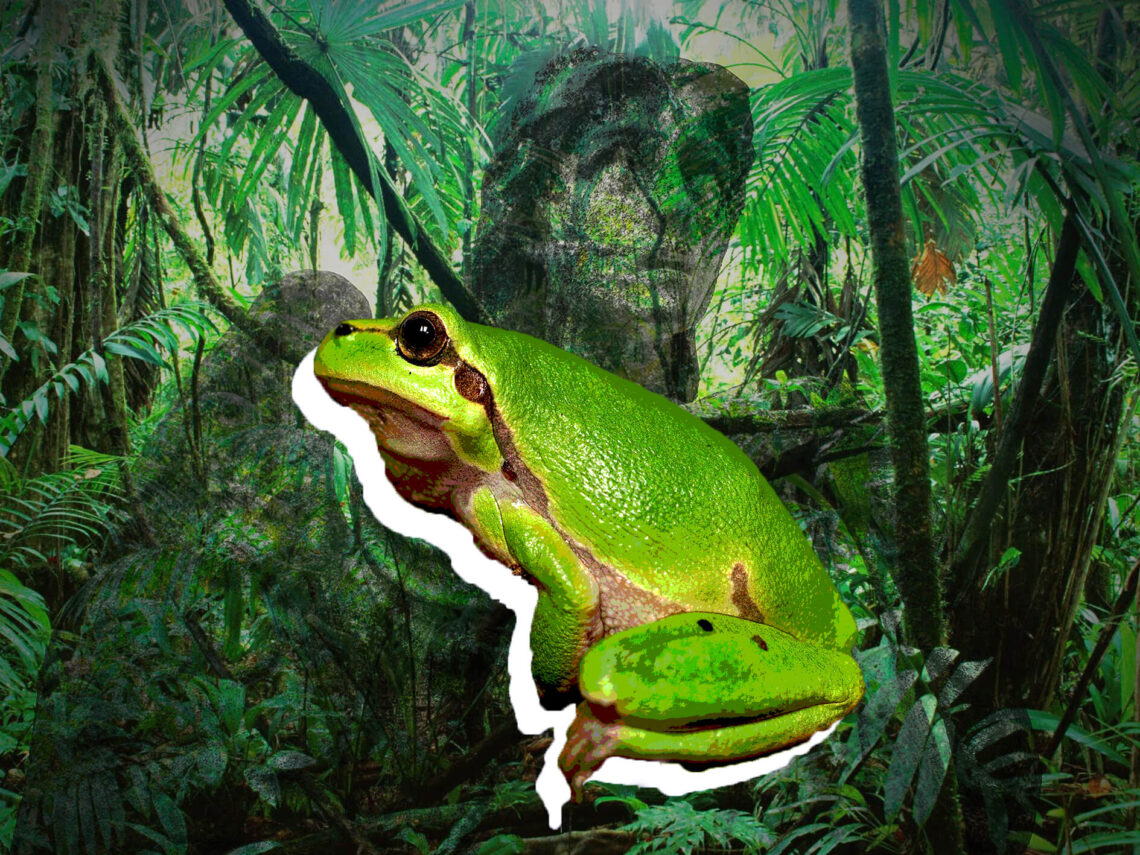What are microbes doing for animals? We all contain multitudes [1], and the microbiome field has grown by leaps and bounds. Most work has been done in humans and other model animals such as mice, where conditions can be very well controlled in the lab. However animals also have their own microbiome, including those in the wild, as well as domesticated animals, which can have effects on ecology and agriculture. Dr. Sue Ishaq explains this further in her story of how she started working in the field of the microbiome, microbiology and genomics of animals, taking a few left turns…
-
-
The phage could save our future in health. A bacteriophage looks like the ultimate out-of-this-world structure, with a geometric head, attached to a tube, and ending in tail fibers that are essentially its landing gear. Watching a bacteriophage attach itself to its host bacteria is eerily reminiscent of a spaceship landing on a planet. The bacteriophage then pierces the surface of the cell, injects its genetic material into it, and proceeds to take over. While this might look like something out of a science fiction movie, the humble phage exists anywhere there are bacteria. This includes the gut, where researchers…
-
Running against the clock in AMR The problem of pathogens acquiring resistance to the antimicrobial drugs that we have is a known issue. While we scramble to find new, improved drugs against these superbugs, researchers like Pamela Yeh are looking into how to use combination of the drugs we already have. Here she talks about using 2-, 3- and multi drug combinations and what the implications are in the field of anti-microbial resistance. References Alejandra Rodrı ́guez-Verdug, Natalie Lozano-Huntelman, Mauricio Cruz-Loya, Van Savage, Pamela Yeh. Compounding Effects of Climate Warming and Antibiotic Resistance. https://doi.org/10.1016/j.isci.2020.101024 Pamela Yeh, Ariane I Tschumi &…
-
Recognizing vulnerable communities in pandemics These times of lockdown due to COVID19 are tough for us all. There are some communities however, where there are specific fears and issues that affect them specifically. To look at the science of SARS-CoV2 and how it affects the LGBTQI community, specifically those who are HIV positive, I hosted a panel session as part of the Elsevier Pride ERG. My guests included Prof. Peter Reiss (University of Amsterdam), Dr. Kees Brinkman (OLVG hospital Amsterdam), Sebastiaan Verboekhout (PrEP Nu), and Dr. Peter Hayward (The Lancet HIV). Read the full story, and watch the video: ©…
-
Microbes like living together, as it turns out. We learn in school that bacteria are single celled organisms, self sufficient in their genetic and protein machinery. However, in nature bacteria and other microbes like fungi actually prefer to live in communities, with heterogeneous populations that confer important properties to the survival of the community. This is called a biofilm. I had the distinct pleasure of interviewing Tom Coenye, who explains the concept of biofilms, and also some of the exciting interdisciplinary research that he has been doing to access the depths of a microbial city (hint: it involves lasers!). Tom…
-
A resource of sane, up-to-date websites on COVID19 It is hard to escape the Corona phenomenon in the media these days, as a deluge of news, blog posts (like this one), memes and jokes hit us left right and center. Along with this of course is the barrage of supposed miracle cures and dooms-day scenarios, which have people going off in a frenzy to hoard supplies like the zombie apocalypse is coming. I have compiled a list of websites below that give accurate, up-to-date and evidence based information on what is happening on the ground. First of all, what is…
-
There are many reasons why antimicrobials are failing. The discovery of penicillin heralded a new age in treating infectious diseases. We finally had a means to cure infections specifically and successfully, and this created a whole slew of antimicrobial drugs, eradicating diseases that would otherwise almost certainly kill the patient. However, these days, infectious disease agents are finding ways to overcome and become resistant to the arsenal of antimicrobials that we have. Scientists are now scrambling not only to discover new antimicrobials, such as antibiotics, but also to discover the mechanisms by which bacteria, fungi and other infectious agents are…
-
Fungi are absolutely cooler than you might think. Think of fungi, and images of cheese gone bad, mushrooms and that annoyingly persistent infection between your toes are sure to pop into your head. But fungi are so much more than that. The Westerdijk Insitute.(Photo credit: Thijs Rooimans) I interviewed Professor Pedro Crous, the director of the Westerdijk Institute in Utrecht, The Netherlands, to find out more about fungal diversity, and why it is so important to keep doing research in this extremely exciting area. Pedro is also instrumental in pioneering a citizen science project, where school children are asked to…
-
A microbe protects frogs from an infectious one. A lucky frog sits on a leaf in the highlands of Panama. Of all the frogs in its little community, it was one of only a handful that survived a deadly plague. Now, you could think that the frog was innately immune and was able to fight off the potent fungus called Batrachochytrium dendrobatidis. If you thought that, you’d be wrong. The frog wasn’t immune at all, but it did have a guardian, protecting it from the ravages of the plague. It wasn’t an angel guarding the frogs back though: it was…
-
Fungal infections are far more wide spread that we all think. The biggest challenge here is the proper diagnosis, treatment and prevention of these infections. I had the distinct pleasure of interviewing Dr. Andrej Spec, an infectious disease specialist at the Washington University School of Medicine. Here he talks about what he does, the kinds of infections he encounters and what the biggest challenges are for the field. Read also a piece I wrote in 2016 about general fungal infections and how they impact plants, wild life and human beings. © Sheba AJ , Andrej Spec This work is licensed…

